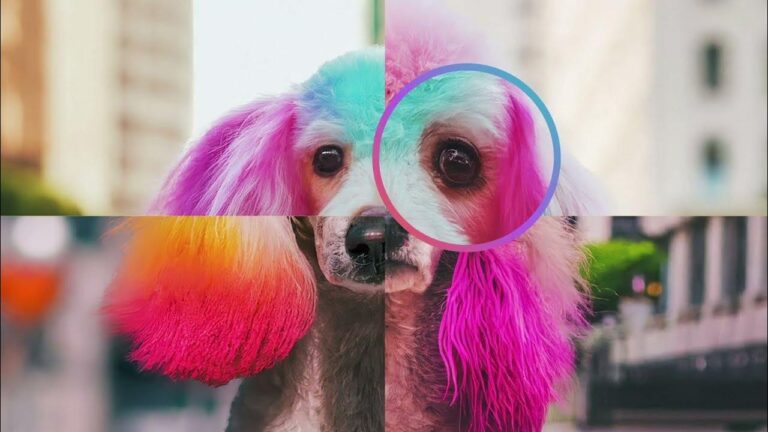Back in May, Google augmented its Gemini AI model with SynthID, a toolkit that embeds AI-generated content with watermarks it says are “imperceptible to humans” but can be easily and reliably detected via an algorithm. Today, Google took that SynthID system open source, offering the same basic watermarking toolkit for free to developers and businesses.
The move gives the entire AI industry an easy, seemingly robust way to silently mark content as artificially generated, which could be useful for detecting deepfakes and other damaging AI content before it goes out in the wild. But there are still some important limitations that may prevent AI watermarking from becoming a de facto standard across the AI industry any time soon.
Spin the wheel of tokens
Google uses a version of SynthID to watermark audio, video, and images generated by its multimodal AI systems, with differing techniques that are explained briefly in this video. But in a new paper published in Nature, Google researchers go into detail on how the SynthID process embeds an unseen watermark in the text-based output of its Gemini model.

